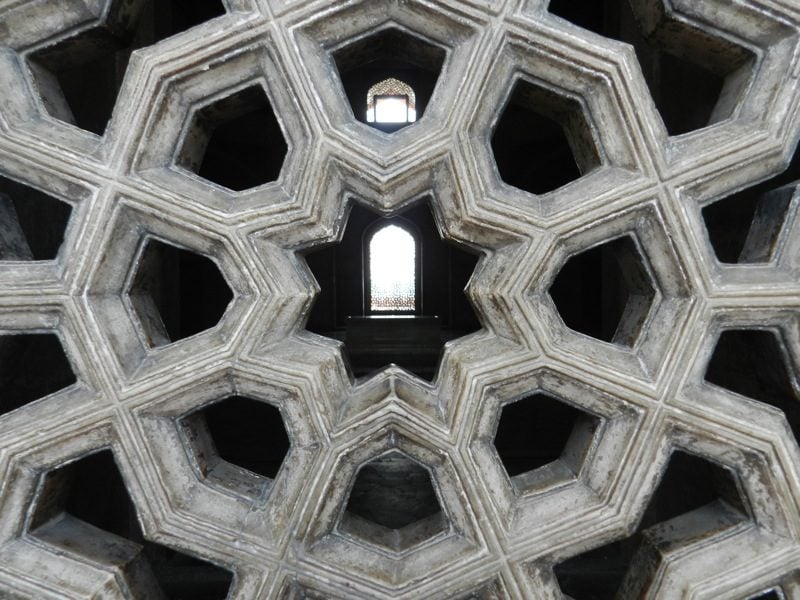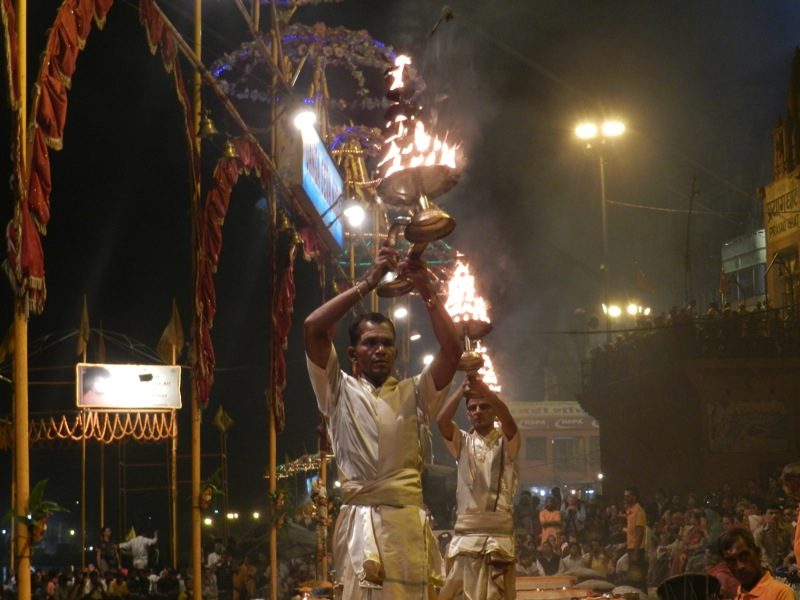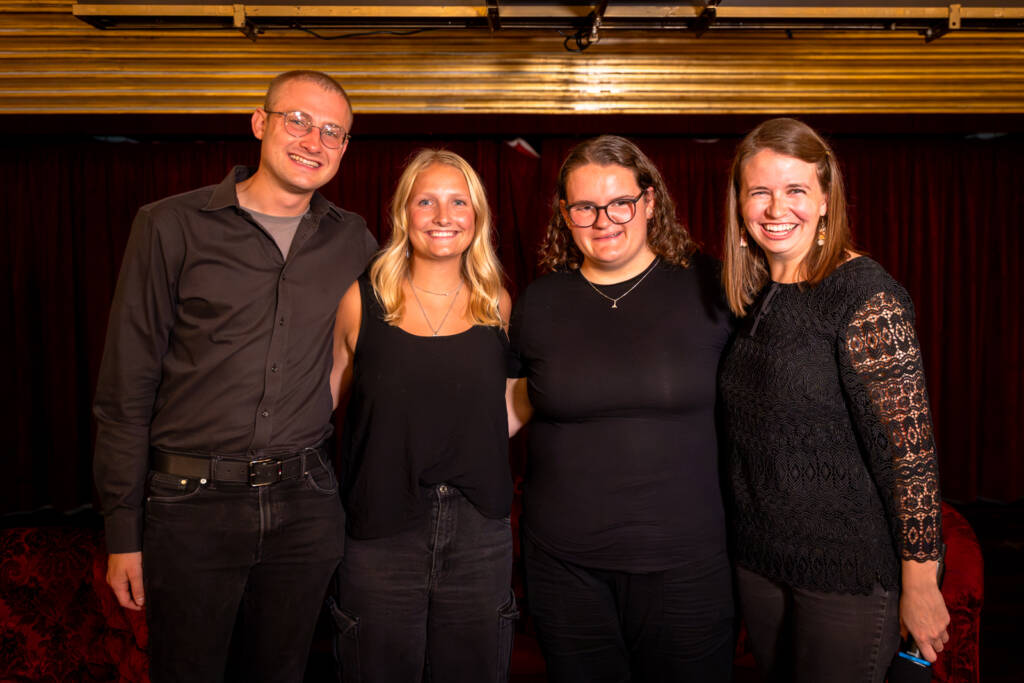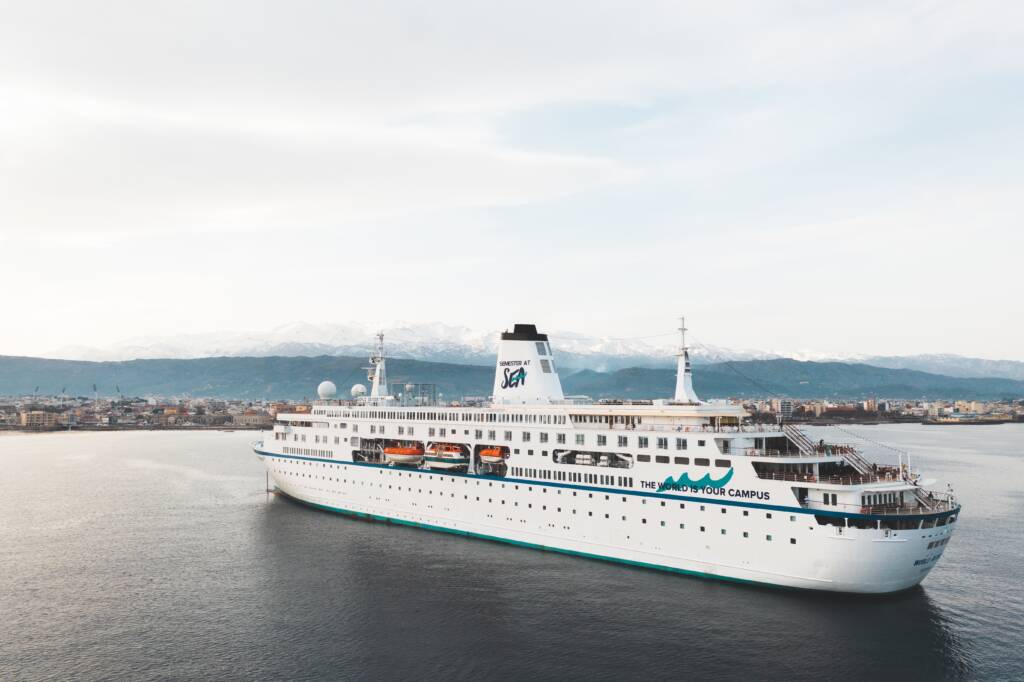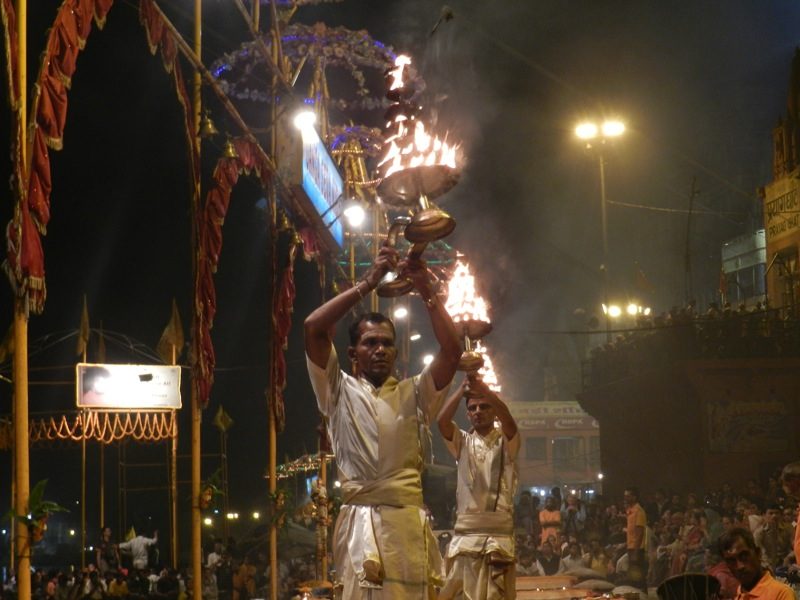
The southwestern state of Kerala has been an important eastern trade hub for centuries, long before the first European explorers arrived in 1500. The crossroad culture of Kochi has impacted every facet of daily life, and Kerala, now referred to by its residents as “God’s Own Country,” boasts a plethora of religious building from the past several centuries. Hinduism and Islam coexist with Christianity and Judaism, and all four faiths evolved to accommodate each other in a swirling spiritual melting pot over the past several centuries.
Students in art and religion classes spent a day in Kochi, the capital of Kerala, visiting various synagogues, temples, and churches throughout the city to compare and contrast the cross-cultural religious influences that make Kochi’s houses of worship unique in the world. Photos, unfortunately, were not allowed in several buildings, but thankfully the students were able to paint a pretty vivid verbal picture of the afternoon.
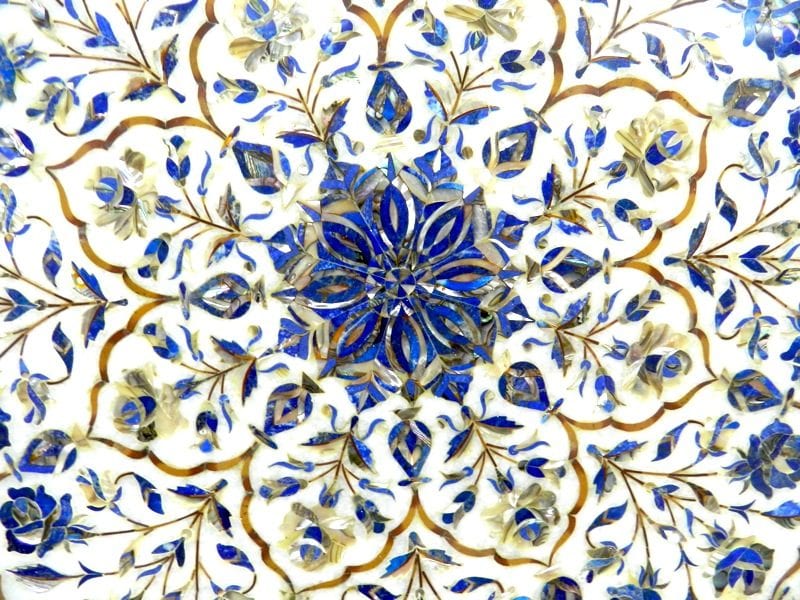
Matancherry Palace, one of the buildings visited, is a perfect example of the cultural hybridization in Kochi, built in 1555 as a Portuguese residence for the Hindu ruling family, the palace showcases the visual element of Hinduism through its murals of Rayama, one of two great Hindu epics. “Three of the walls were just packed bottom-to-top with these huge ornate murals,” Everett Coraor, from Stonybrook Unviersity, described. “They were so ornate I don’t think there was a square inch that wasn’t filled with an image of some god. It was just remarkable how they could tell such a vivid story without any words at all.” Yesenia Moreno, from University of San Diego, is in both of Professor Graves religion classes on the ship, and found the visit to Matancherry a perfect example of bridging classroom topics. “It was really interesting to see all the gods that we’ve been talking about actually pictured and then tracing the story along the walls,” she stated.
The students also visited Kochi’s synagogue, the main landmark in the Old Town of Kochi, just meters away form the Palace. The city’s Jewish population has dwindled to just 9 members after a mass immigration following the foundation of Israel, but the synagogue remains the main landmark in the old town, anchoring a neighborhood of shops and hotels near the waterfront. “The synagogue was bright blue inside and filled with these fancy lights,” explained Kelsey Hagenah, from Arizona State University. “It was really interesting to see the impact of other cultures. There was a lot more light and color than I’ve ever seen in a synagogue. There were Chinese tiles on the floor and we had to take our shoes off to go inside, much like a Hindu temple.”
Hindu customs in a Jewish synagogue and Asian art in a Portuguese palace are just two of the myriad examples of cross-cultural art and architecture throughout Kochi, and there will be plenty more encounters with eastern religion as the journey heads towards four more Asian nations this semester. After a week in Kochi, the MV Explorer sailed upriver and on to Singapore as the call to prayer echoed from hundreds of mosques along the waterways.
Click here to read the bio of religion professor Dr. Adam Graves.
